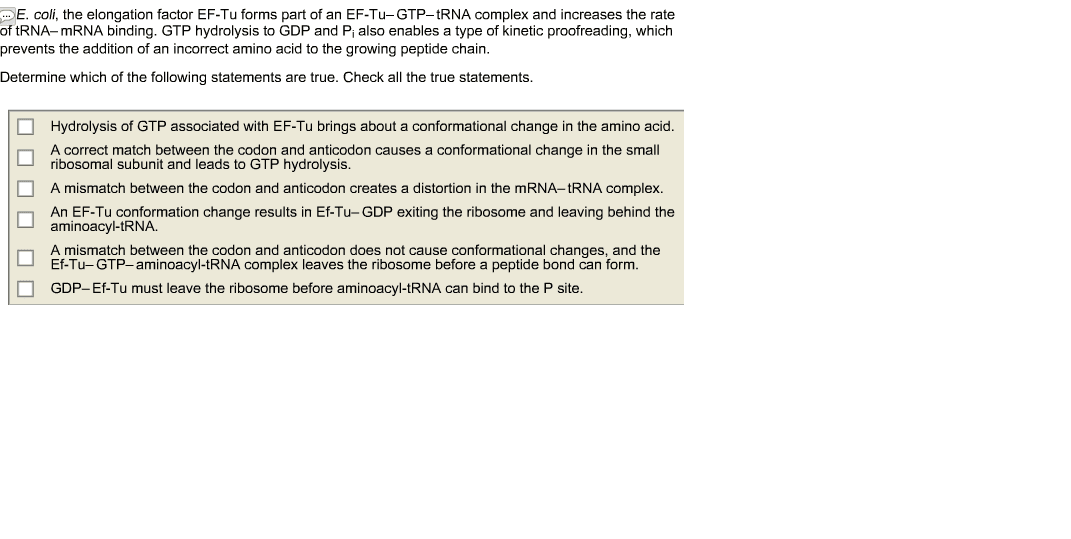MBB 222 Study Guide - Final Guide: Stop Codon, Release Factor, Transfer Rna
Document Summary
The peptidyl-trna is in the p site, and the a site is empty and ready for the next aa trnaaa. Tu and ef-g overlap, so only one of these proteins can be bound to the ribosome at any given time. Release factors bind to the termination codon and lead to release of the polypeptide chain. Binding of the associated release factor protein (release factor 2; rf2) to the stop codon in the mrna leads to gtp hydrolysis and release of all bound translational components. Hydrolysis of the terminal peptidyl-trna bond (the growing polypeptide transfers from trna to a water molecule rather than a new aa) release of the last uncharged trna and the polypeptide. Dissociation of the 70s ribosome into the 30s and 50s subunits. Ran-dependent import/export the nuclear pore complex regulates what can leave and enter the nucleus. Ran-dependent nuclear import and export of protein and rna cargo is mediated by importin and exportin proteins.


